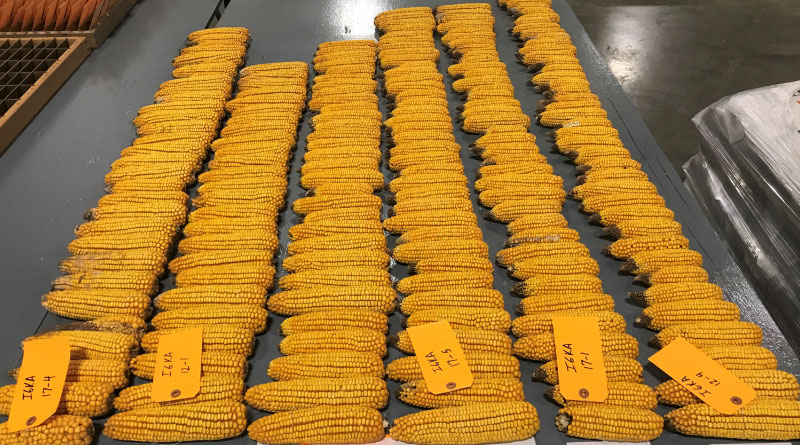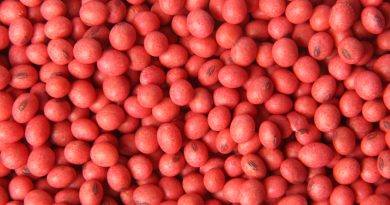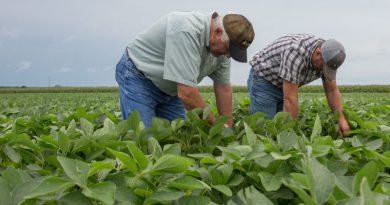Select a Population for Optimum Ear Size
Every corn hybrid responds to population densities differently and this response is closely tied to yield level. Population in a corn field is another stress each individual plant must endure as it competes with its neighbors for sunlight, moisture and nutrients. Selecting the ideal population for a corn hybrid for a single field can be a challenging task, let alone recommending a population for a hybrid over many fields of a similar soil type. This is one reason a range of suggested populations is given for each hybrid.
A more reliable way to get to a satisfactory decision on corn population is to look at the productivity level of the field. Every grower has a yield goal for their field at the beginning of the season. This yield goal should be a realistic and attainable goal, not that we should not try to raise the bar, but we are not going to double our APH in one step. We should keep this yield goal in mind when determining corn populations.
Another way of selecting corn planting populations is through a method we employ here at Burrus called optimum ear size or OES. OES refers to the ideal size of ear that corn plant would like to make. Growers want the largest ears possible, but as we increase stress including population, that ear size goes down. We have found that to have the best return on our investment, we need to stay within a range of ear sizes to keep that plant thriving all season long. Using the hybrid OES and your own yield goal will give you a more specific answer for what populations should be in that field.
Example:
For example, let’s say we are planting a field of Power Plus 6Z43AM where we are expecting to get 225 bu/a. The OES for this hybrid is 0.39 pounds of grain at our yield goal level. To do the math, we take the yield goal (225 bu/a) and multiple by 56 to get pounds of grain per acre (because there are 56 pounds in each bushel), then divide by the OES (0.39 lbs.). The result is your expected final stand.
(225 x 56) / 0.39 = 32,307 plants
The equation should be altered to fit your specific need. For instance, if you usually plant a farm at 34,000 with a final stand of 33,000, this should be considered. You should add 1,000 plants to compensate for the reduction in stand usually encountered. Also, you may consider planting a slightly thicker population if it will be your first field planted and will be going into the ground in cool, wet conditions. Inversely, if you know this will be your last field to harvest, you should consider lowering the planting population slightly to provide better late-season standability.
Your Burrus Representative can explain the OES and planting population ranges for each hybrid in our lineup. If you calculate a population using OES that does not fall within our recommended planting population range, we suggest sticking to the maximum or minimum population from our Corn Planting Rates chart.
This article was originally published in the 2020 Burrus Harvest Report.






